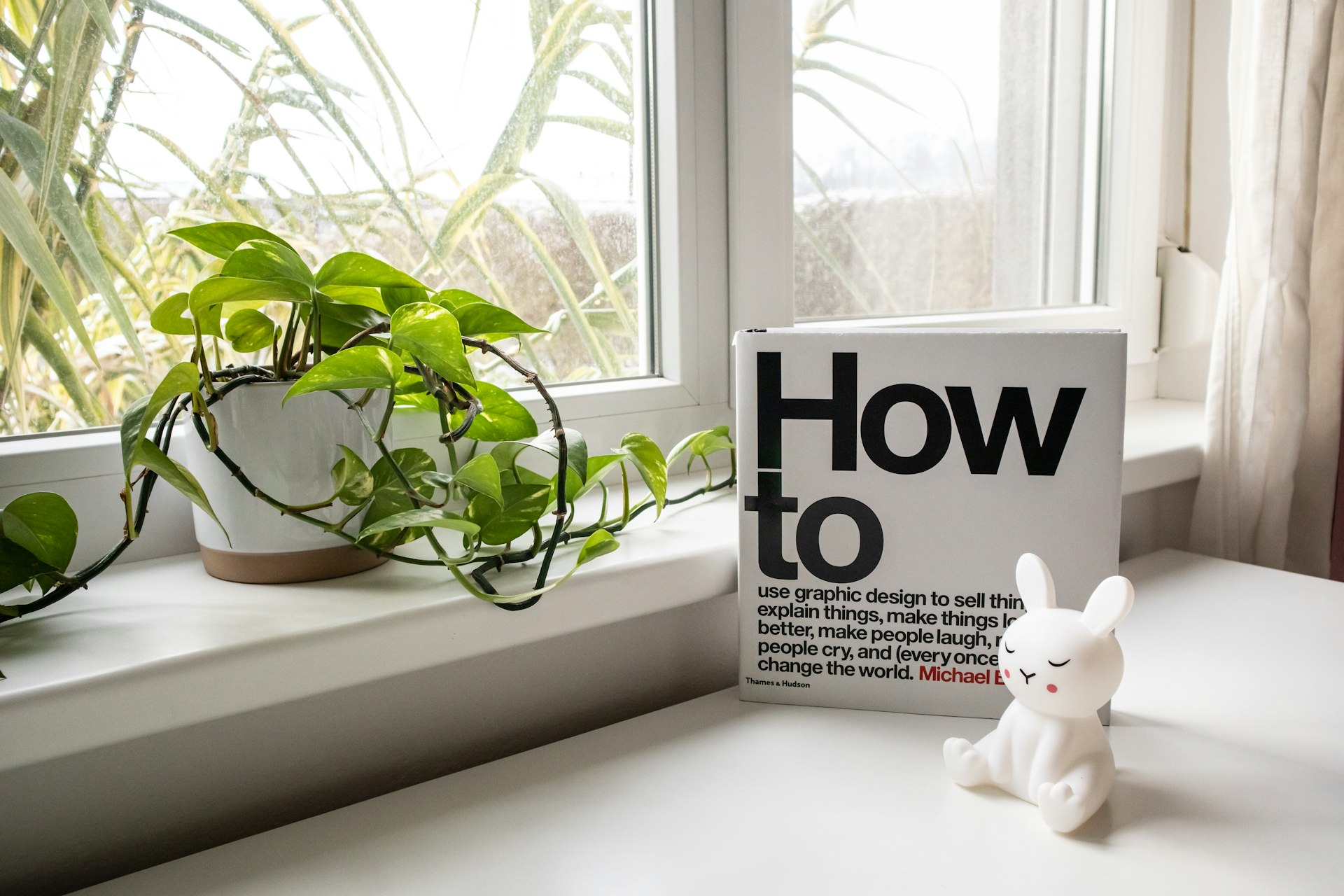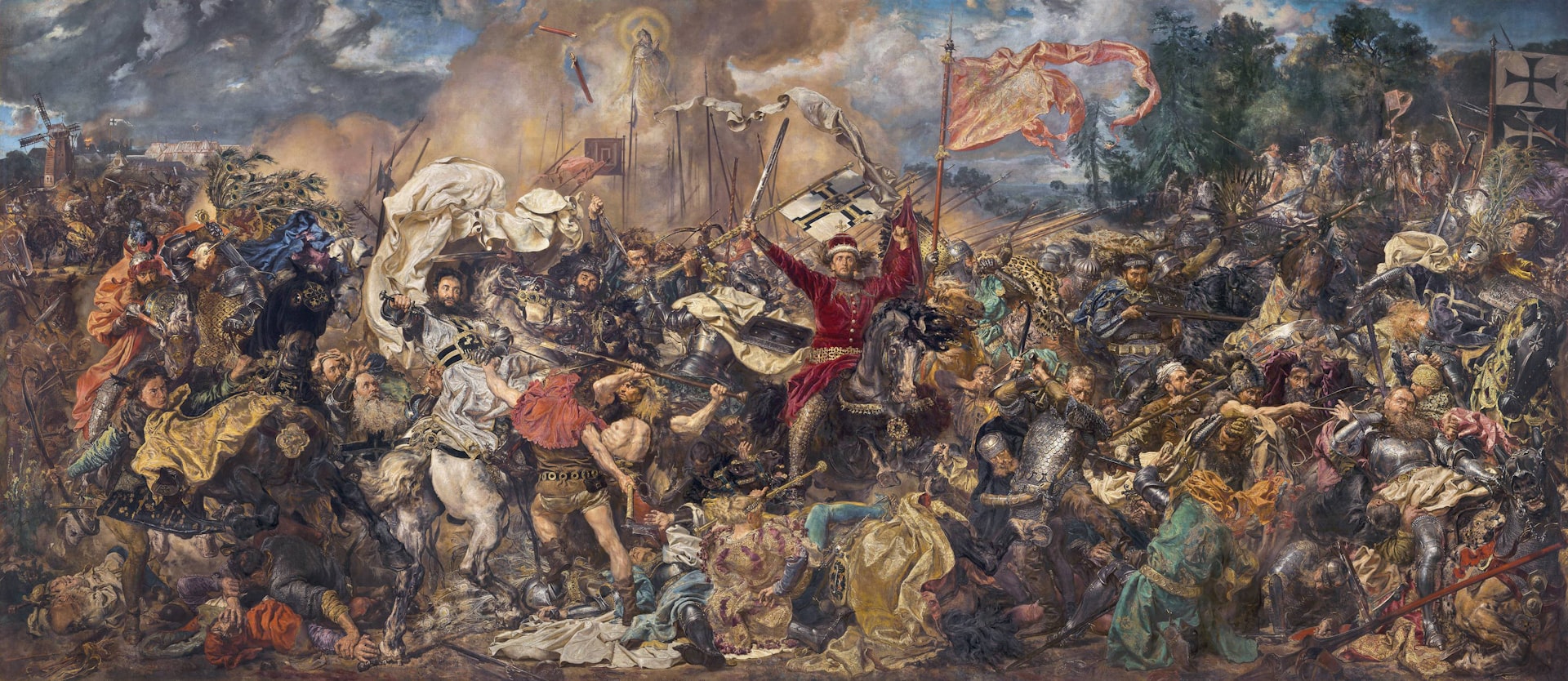How AI-Driven Fashion Recommendations Are Transforming the Industry: Personalization, Efficiency, and the Future of Style

Photo by Ben Iwara on Unsplash
Introduction: The Rise of AI in Fashion
Artificial intelligence is fundamentally reshaping the fashion industry, changing how brands design, produce, and recommend products to consumers. As retailers increasingly turn to data-driven solutions, AI-driven fashion recommendations are setting new standards for personalization, operational efficiency, and consumer engagement. This article explores the transformative impact of AI in fashion, the practical benefits it delivers for both businesses and shoppers, and detailed guidance on how to leverage these advancements in real-world scenarios.

Photo by Alexander Grigoryev on Unsplash
Personalization: Elevating the Shopping Experience
One of the most impactful changes brought by AI is hyper-personalization . AI-powered recommendation engines analyze customer data, such as browsing habits, purchase history, and even real-time interactions, to suggest products that align closely with individual tastes. According to recent research, approximately 56% of shoppers are more likely to make repeat purchases from brands that deliver personalized experiences [1] . This shift is not only fostering stronger brand loyalty but also raising consumer expectations for tailored digital storefronts.
For example, platforms like Glance use advanced algorithms that factor in context such as weather and calendar events to provide styling suggestions with up to 90-95% accuracy for repeat users. These systems are designed to be intuitive and accessible, even for those without technical backgrounds, allowing users to enjoy an elevated shopping journey by simply swiping or tapping their preferences [2] . Brands failing to invest in such technology risk losing customers to competitors who offer more intuitive and engaging experiences.
AI in Trend Forecasting: Staying Ahead of Consumer Preferences
Another critical application of AI is trend forecasting . By analyzing millions of social media posts, runway images, and consumer behavior patterns daily, AI algorithms help brands identify emerging trends with unprecedented speed and accuracy. This capability enables companies to adapt quickly, reducing the traditional lag between fashion shows and mainstream adoption [1] . As a result, brands can design and produce styles that are more relevant to current consumer interests, fueling higher sales and stronger market positioning.
However, it is important to note that over-reliance on AI predictions may lead to more homogenized styles, potentially making it harder for brands to differentiate themselves. To avoid this pitfall, successful companies combine AI-driven trend insights with unique creative direction, ensuring their offerings stand out in a crowded marketplace [1] .
Operational Efficiency: Demand Forecasting and Inventory Management
AI is revolutionizing the behind-the-scenes operations of the fashion industry, particularly in demand forecasting and inventory management . Seventy-five percent of fashion executives now prioritize AI for these purposes, using predictive analytics to anticipate market trends, reduce overproduction, and minimize unsold stock [1] . This not only improves profitability but also supports sustainable practices by reducing waste and resource usage.
For those interested in implementing AI-driven inventory solutions, it is recommended to start by:
- Evaluating your existing data infrastructure to ensure accurate real-time tracking of sales and inventory levels.
- Researching AI solution providers with a proven track record in fashion retail.
- Consulting with supply chain experts who specialize in integrating AI analytics tools.
This step-by-step approach can help brands of all sizes stay agile and responsive in a rapidly changing marketplace.
Quality Control and Production Optimization
AI-driven systems are also streamlining production by automating quality control and identifying defects during manufacturing. This ensures that higher-quality products reach consumers while minimizing costly returns and waste [3] . Many leading brands now rely on AI-powered image recognition to monitor product lines in real time, catching flaws that might otherwise go unnoticed until after shipping.
To access these benefits, fashion companies can:
- Collaborate with AI vendors specializing in computer vision and quality assurance.
- Train internal teams on how to interpret and act on AI-generated insights.
- Pilot new systems in a contained segment of the production line before scaling up.
Although initial setup may require investment, the long-term savings and improvements in customer satisfaction often justify the effort.
Generative AI and Creative Innovation
Generative AI is opening new avenues for design and marketing by automating the creation of original styles, graphics, and personalized promotional content. Industry analysis suggests that generative AI could add between $150 billion and $275 billion in operating profits to fashion and luxury sectors over the next three to five years [4] . This technology enables brands to experiment with new patterns and collections at a fraction of the traditional cost and time.
For designers and marketers eager to explore generative AI, consider:
- Engaging with established AI platforms that offer design automation tools.
- Participating in industry webinars or training on creative AI applications.
- Testing generative models on small-scale projects before full implementation.
The flexibility and speed these tools deliver are revolutionizing how fashion businesses approach both product development and customer engagement.
Consumer Guidance: How to Use AI-Driven Fashion Recommendations
For consumers wanting to benefit from AI-driven fashion recommendations, the process is increasingly user-friendly. Most major retailers integrate these systems directly into their online platforms. You can:
- Sign up for your favorite brand’s online store and complete style preference surveys.
- Enable account features that allow for personalized suggestions based on browsing and purchase history.
- Take advantage of virtual try-on tools, now common among leading e-commerce sites.
- Subscribe to personalized style newsletters or app notifications that leverage AI for curated recommendations.
If you prefer independent platforms, search for “AI fashion recommendation apps” in your device’s app store or research established digital styling services. Always check user reviews and privacy policies to ensure your data is handled responsibly.
Challenges and Limitations of AI-Driven Recommendations
Despite their benefits, AI-driven fashion recommendations are not without challenges. Some concerns include:
- Homogenization of style: Heavy reliance on algorithms could reduce diversity in fashion trends [1] .
- Data privacy: As AI systems require vast amounts of personal data, consumers should be mindful of sharing sensitive information and review privacy settings regularly.
- Accessibility: Not all brands have the resources to implement advanced AI, potentially widening the gap between large and small retailers [4] .
To address these issues, consumers and brands alike should seek out transparent providers, support diversity in design, and stay informed about emerging regulations and ethical standards in AI use.
Alternative Approaches and Additional Resources
If you are unable to access AI-driven recommendations through your preferred retailer, consider these alternatives:
- Explore independent digital styling services or fashion consultancy firms that utilize AI.
- Search for open-source AI fashion tools, which may be available through technology forums or academic platforms.
- Contact local fashion retailers to inquire about their use of AI and request personalized shopping experiences.
For industry professionals, participation in fashion technology conferences or online communities can provide valuable insights and networking opportunities. If you wish to remain updated on the latest developments, follow reputable fashion business publications and technology news outlets.
Conclusion: Shaping the Future of Fashion with AI
The integration of AI-driven recommendations is rapidly transforming the fashion industry, enabling unprecedented levels of personalization, efficiency, and creativity. Both brands and consumers stand to benefit from these advancements, provided that they remain mindful of data privacy and the importance of human creativity in design. As AI technology continues to evolve, those who embrace its potential while addressing its challenges will be best positioned to thrive in the dynamic landscape of modern fashion.
References
[1] Colorful Socks (2025). AI-Powered Fashion Recommendations Statistics 2025.
[2] Glance (2025). AI Fashion in USA: How Technology is Transforming Style in 2025.
[3] Thunderword (2024). AI’s impact on fashion: Revolutionizing the industry.
[4] Colorful Socks (2025). AI in Fashion Statistics 2025.
[5] Stax (2025). Beyond the Catwalk: A Closer Look at AI’s Impact on Fashion Trends.



